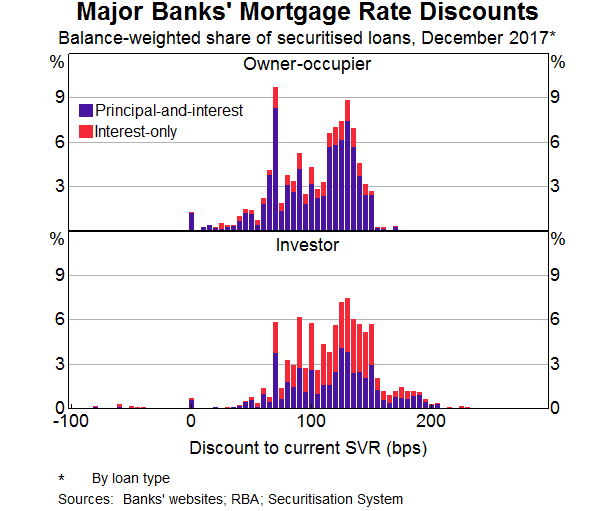Mortgage Calculator
Tags | |
UUID | ebeb23b0-46f2-11ec-993a-bc764e203090 |


[Private Equation]
The amortization calculator computes the payments on a loan based on the principal (P), interest rate per period (i), number of periods (t), and the payments per period (n).
INSTRUCTIONS: Choose the preferred currency units and enter the following:
(P) This is the Principal amount of the loan
(i) This is the interest rate per period (e.g. 4% per year)
(t) This is the number of periods (e.g. 30 years)
(n) This is the number of payments per period (e.g. 12 payments per year, i.e. monthly)
Payment: The calculator returns the payment amount in U.S. dollars. However, this can be automatically converted to other currency units via the pull-down menu.
General Information
Amortization (a.k.a. Monthly Payment) calculates the payment required to pay off a debt with a fixed interest rate over a period of time.
This formula calculates the regular payment required to pay off a debt of a certain amount (P) at a fixed interest rate (r) over a period of time (t) with a number (n) of payments per period.
Usage
This formula is commonly used for home mortgages and other simple debt. It is typically used in a way were the periods (t) are in years, and the number of payments per period (n) is 12 for the number of months.
CLICK HERE FOR CURRENCY CONVERSION
Copy the currency from the amortization calculator, click the link below to the currency converter calculator tab and paste.
The Currency Convert converts an amount of currency into the equivalent amount in list of currencies (see below).
INSTRUCTIONS: Choose input currency (e.g. Euros €) and enter the following:
(v) Input Currency Amount
Currency Conversions (CC): The calculator returns the equivalent value in the following currency units:
U.S. Dollars
Canadian Dollars
Mexican Pesos
Brazilian Reals
Great Britain Pounds
European Union Euros
Chinese Yuan
Japanese Yen
South African Rands
Swiss Francs
Russian Rubles
Indian Rupees
Australian Dollars
It will help you know the amount of loan in the currency you want.
MORTAGE AFFORDABILITY CALCULATOR
The Mortgage Affordability formula estimates the maximum one can borrow and support with a monthly payment (MP) accounting for the interest rate (i), duration (n) and one's personal income tax rate (t). The formula takes into consideration the tax break for interest payments on home mortgages and computes an approximate maximum loan principle based on that rate and the loan terms (interest rate and duration).
an approximate maximum loan principle based on that rate and the loan terms (interest rate and duration).
Inputs
- MP - the monthly payment one is willing to pay for mortgage expenses
- n - the number of months in the duration of the loan
- n = 360 for a 30 year loan
- n = 180 for a 15 year loan
- n = 120 for a 10 year loan
- i - the annual interest rate entered as a percentage
- T - the personal income tax rate.
Description
In the beginning of mortgage, Loan Principal and Interest over the life of a Fixed Rate Loan.
Note: the sum of both lines remains constant at $996.53
throughout the life of the loan. especially the first year, the majority of one's payment is interest (see blue line on plot). Since mortgage interest is a tax deduction, one should consider that positive effect (tax deduction) in computing how much one can afford in monthly payments on a mortgage. This calculator takes the tax deduction into account and estimates the maximum amount of principal one can borrow and make monthly payments considering the tax break.
To do this, the Effective Payment algorithm first calculates the
- monthly payment, the
- amount of interest paid in the first year, and then
- uses the entered tax rate to calculate an Effective Payment amount that reflects the out-of-pocket payments for the first year of a loan, including the tax deduction for interest paid on some loans (e.g. home loan).
This calculator uses the Monthly Payment that one can afford and compares it to an increasing loan amount unit one is found that has a calculated Monthly Payment, including the tax break, that is close to the original Monthly Payment.
Usage
This calculator is useful because it can help first-time homeowner better estimate their cash flow burden in the first year of a mortgage. There are numerous benefits to owning a home. The first and obvious benefit is the building of equity in the property with every contribution towards the principal loan amount and with all appreciation in the value of the property. A second and significant benefit is that many governments allow home owners to deduct the interest paid on a primary (and sometimes secondary) residence as a tax deduction. This deduction has the effect of reducing taxes, especially in the early period of a mortgage when the interest portion of a loan is the highest.
This function calculates the monthly payment on a loan based on principal, interest rate, and duration (e.g. $100,000 at 4.5% across 20 years). This function then calculates how much of the loan payments in the first year are interest payments, which is the tax-deductible amount. It then calculates the tax benefit based on the user's approximate income tax rate (e.g. 33%). Finally, this function spreads that tax benefit across the first year and calculates an Effective Monthly payment (Monthly Payment - Monthly tax benefit).
How to manage personal cash flow
One can wait for their tax return to get back the tax money associated with one's home mortgage. However, many people in the U.S. will increase the number of personal deductions used in tax withholding in their regular pay checks when they buy a home. This can effectively negate or lessen the annualized effect of the mortgage interest deduction.
Equations and Data Items
Collections
- Comments
- Attachments
- Stats
No comments |
